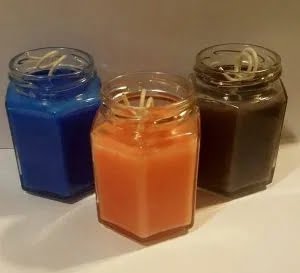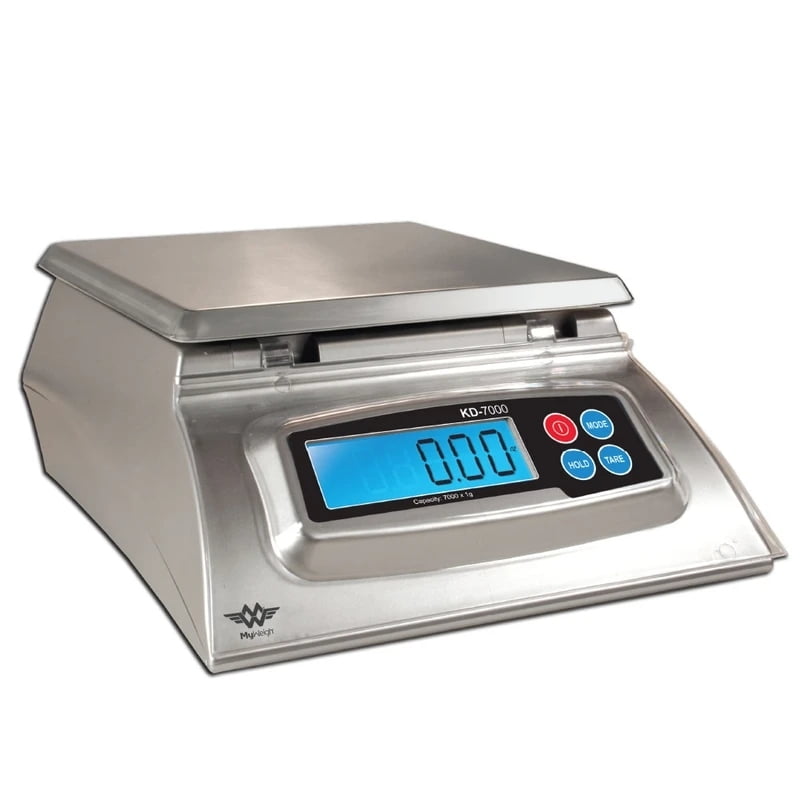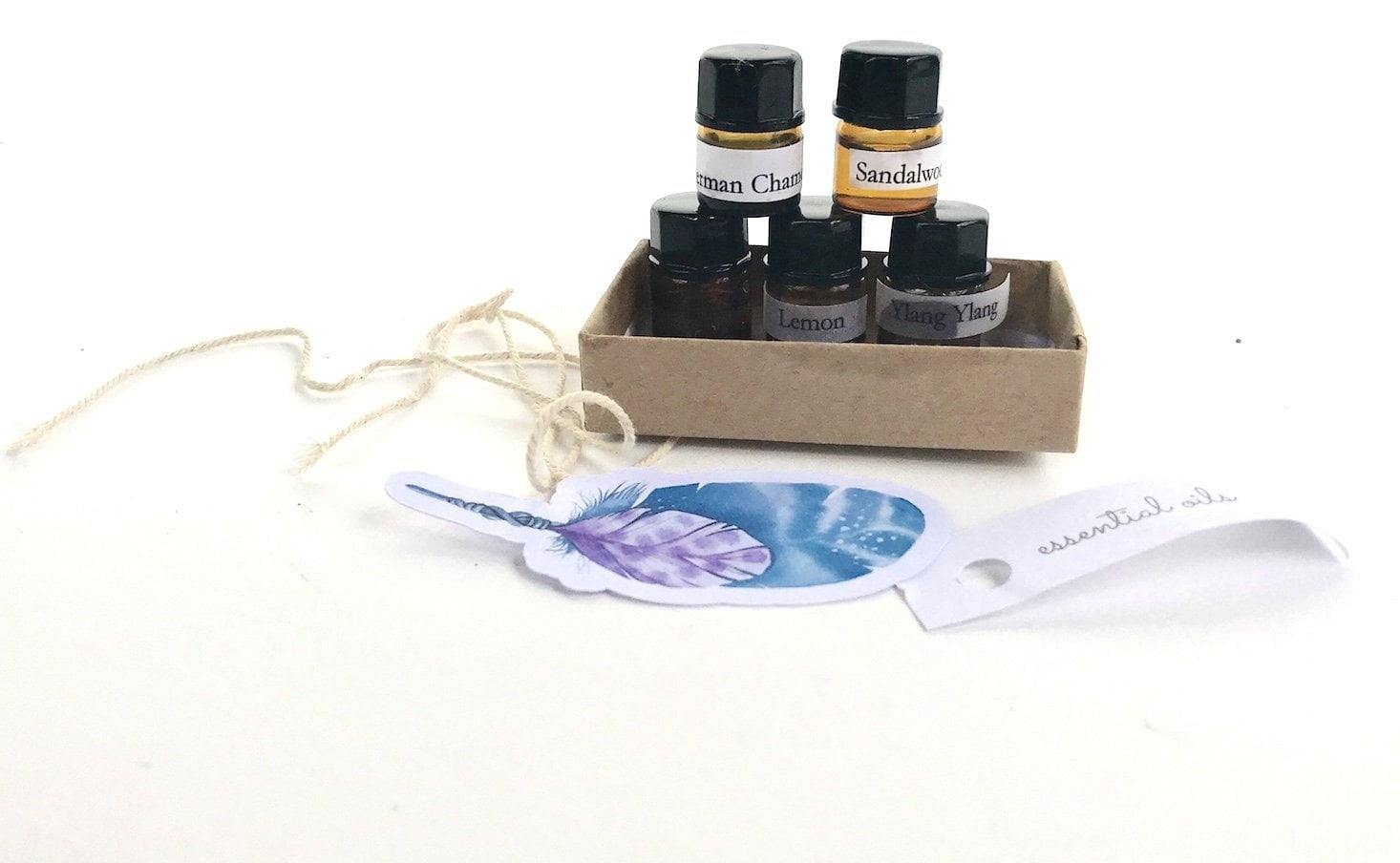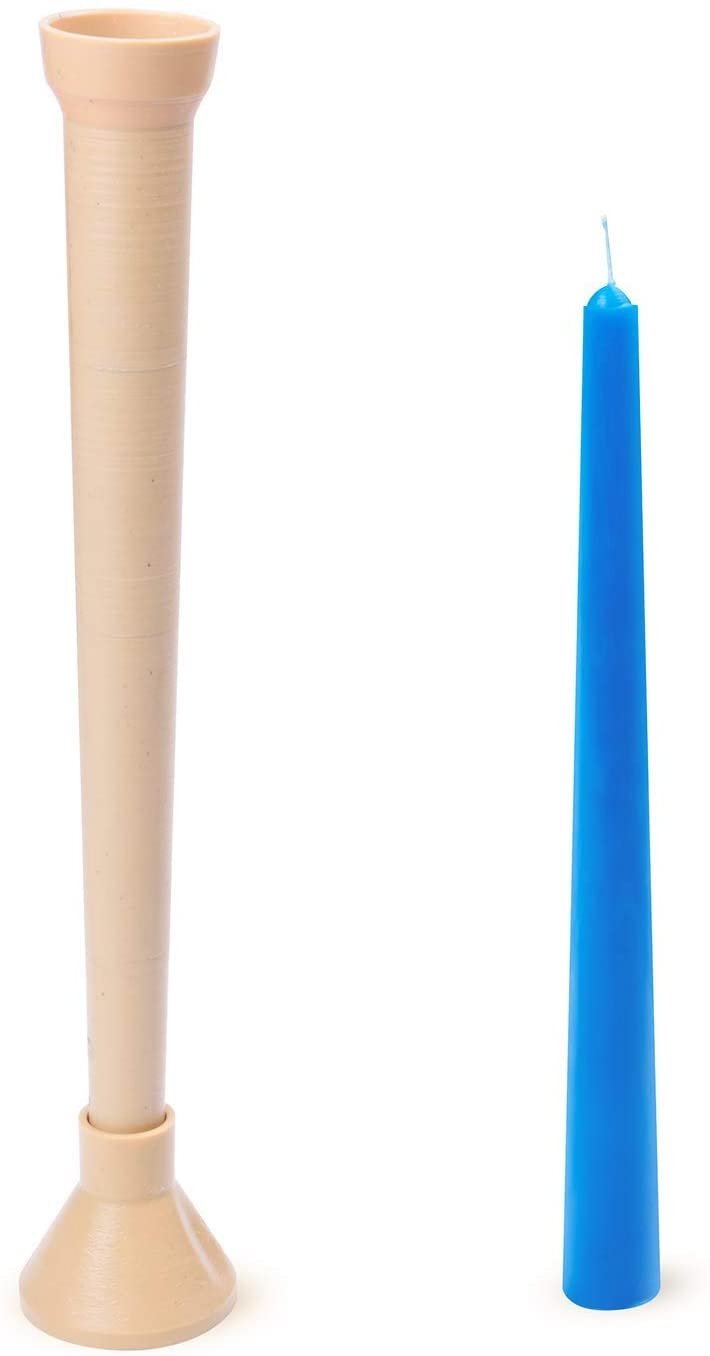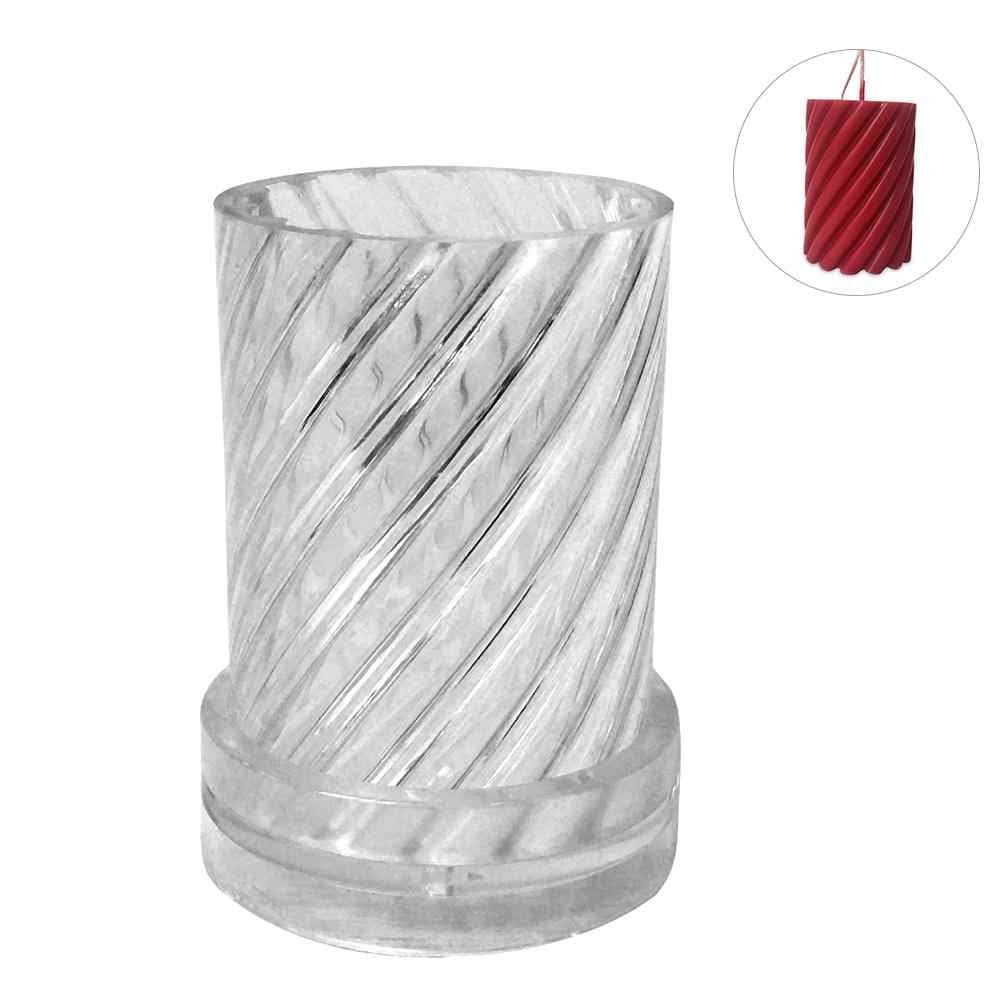Introduction
Making your own candles has a variety of benefits. Not only can you enjoy the process of crafting and create something truly unique, but you also get to save yourself money from buying pre-made candles. With the best starter kit for making candles, you can begin creating your own beautiful, one-of-a-kind candles with ease. Not only do these kits provide the essential elements needed to make a successful candle, but they also give you creative freedom by allowing you to customize scent, color, and design. Investing in a starter kit is an easy way to get started in the world of candle making as it provides you with high quality tools and materials that are specifically tailored for being successful right away.
Overview of Components Needed To Get Started
Making candles is a fun and creative activity that allows you to customize the scent, shape, and color to match your decor or preference. To get started on making candles, you will need to have the right supplies. Here is an overview of the essential components needed to create the perfect starter kit for making candles:
• Wax: Wax is the primary ingredient of any candle and largely determines its quality. You can purchase paraffin wax or beeswax in either pastille or slab form from candle making suppliers. If your goal is a richly scented candle, consider purchasing soy-based wax instead as it melts at a lower temperature and retains fragrance more fully than other waxes.
• Wick: The wick helps guide the heat from the flame down into the pool of melted wax as it burns. Be sure to purchase wicks specifically designed for use in candles as these will be round rather than flat. Choose wicks made with 100% cotton”synthetics won’t burn cleanly or evenly. Generally, compression wicks are ideal for most projects since they do not require any new pre-preparation before they can be used with your project; self-trimming (cored) wicks are best when dealing with larger diameters due to their improved diameter control while burning.
• Candle Molds/Containers: You will need something to pour your melted wax into once it has been created”this could be molds specific for use with candles, glasses, ceramic containers, tins, etc.
• Dye: Adding dye to your candle wax allows you control over its color so that it matches your home’s decor or theme perfectly. Note that depending on what type of dye you choose (liquid vs powder), different steps may need to be taken in terms of melting and pouring your mixture correctly into the containers/molds.
• Fragrance Oil: Fragrance oils give your candle an inviting scent that wafts through a room when burnt ” there are literally hundreds of options available here! Keep in mind that some brands contain synthetic ingredients which are not recommended for use when burning candles due to their chemical composition; natural essential oils provide safe alternatives here if you would prefer not to use synthetic products.
• Thermometer: Last but not least, investing in a thermometer ensures that you keep track of temperatures as certain materials require precise temperatures for proper melting and pouring into molds/containers this is an important tool for ensuring success when making candles!
Pick Your Wax
When choosing the best starter kit for making candles, the wax is one of the most important decisions. Not all waxes are created equal, and there are pros and cons to each type.
Paraffin Wax: This is the traditional choice when it comes to candle-making. Paraffin wax is made from petroleum that has been processed into a solid form, making it pretty affordable and easy to work with. However, paraffin wax produces more soot when burned, so those looking for an eco-friendly option might consider other types of wax first.
Soy Wax: Soy wax is made from hydrogenated soybean oil and provides superior scent throw since it holds fragrance better than other waxes. Unlike paraffin wax, soy candles don’t produce soot when they burn but they tend to be more expensive. It also requires specific instructions for use because overheating can cause the candle to lose scent.
Palm Wax: Palm Wax hails from renewable resources like coconut oil or other plant-based materials and burns cleanly, similar to soy candles but without needing any specific instructions for use as far as heat goes. The downside is that palm wax tends to be harder and less flexible than soy or paraffin, making it a bit tricky to work with until you get used to it.
Beeswax: Beeswax offers superior burning properties compared to paraffin or soy – think long burn times with minimal smoke – but it’s typically more expensive than those other two options due to its limited availability and total natural composition (beekkeeping isn’t exactly a cheap endeavor). In addition, pure beeswax candles have a light yellow color (unless dye has been added) though you can opt for beeswax blend candles if you prefer your melts in different colors!
Choose the Perfect Wick
Choosing the right wick is essential when you’re getting started with making your own candles. Not all wicks are the same, so be sure to select a wick specifically designed for container candles. The size of your wick should depend on both the size of your candle and the type of wax you’re using. For instance, if you’re making a large container candle, you’ll need a thicker wick than if you were making a small votive. In addition, some waxes require larger or multiple wicks for optimal burning, and this can also affect which type of wick you use. You can look up suggested types of wicks per specific wax or do some experimenting yourself until you get it just right. Make sure to consider overall safety when selecting a particular type of wick as well: too thick of a wick could cause an over-abundance of flame and possibly lead to an accident.
How To Select Scents and Oils for Great Aroma
When selecting the oils and scents for your candle making starter kit, it is important to consider not only what you like but also what kind of diffuser or container you will be using and how long you desire the scent to last. A great way to determine a good fit is by considering your home’s overall scent palette. Is there an existing scent that works well with the other essential oils in your home? If so, that could be the ideal base scent for your candles.
Once you’ve determined a base scent, try experimenting with different combinations of complementary scents for depth and complexity. Think about how layering on additional scents might bring out new facets of the aroma ” just like how spices can lift up flavors in cooking! For example, if you chose lavender as your base scent, add complementary ingredients such as rosemary, bergamot or citrus notes to lend subtle nuances that can make all the difference when creating candles with great aroma. Be sure to use high quality essential oils; these usually contain higher concentrations of fragrant compounds compared to fragrance oils which provide less longevity and intensity.
Different Types of Molds for Different Styles
There are a variety of candle molds available for those interested in making their own candles. Depending on the type, size, and style of candle one desires, there are molds to accommodate. Some types of molds include:
– Traditional pillar candle molds come in a variety of shapes such as round, square, and oval. They can be shorter or taller to get the desired length and size.
– Tealight candle molds are generally a narrow cylindrical shape that is great for use with tealights or votives. They come in fun designs like stars or hearts.
– Container or jar molds are specifically designed to be used with containers or jars including Mason jars, tins and other modular shaped containers. Generally these feature wick support systems and tabbed bottoms allowing you to create unique patterns within the mold itself.
– Novelty candle molds feature whimsical designs like cupcakes, hearts, animals and even elaborate characters from video games and movies! These really help you stand out amongst competitors when selling your candles at craft markets or stores.
Essential Tools For Candle Making
If you’re looking to start candle making as a hobby and are in the market for a starter kit, there are certain essential tools which will help make the process go smoother. The basics include a pouring pot or double boiler, wax melting thermometer, wicks and wick holders, scent, dyes and scales for weighing. Of course, depending on the type of candles you want to make there may be additional tools needed such as molds for shaping custom candles. Additional items like candle warning labels and containers can be easily purchased online or at your local craft store. Be sure to read up on safety tips in order to ensure that all candles made with a starter kit consist of top quality materials which won’t produce any smoke while burning and not containing too much fragrance oil so that they don’t cause skin irritation. Lastly it’s important to thoroughly clean up after each session so as to maintain all tools properly. Having the right materials right from the start is key when it comes to enjoying your new hobby of candle making.
Additional Supplies That Enhance Quality
Beyond a starter kit for making candles, there are additional supplies that can greatly improve the quality of your finished products. Consider investing in a thermometer to help precisely control the temperature of your wax as it melts so that you can achieve precise scent and color blends. A hot plate is also useful for controlled melting without needing to use an open flame. Quality wicks burn cleaner so look for wick holders and wick pins to help keep them well centered in each mold or container. Pouring pitchers will make wax pouring much easier, and any containers used for candle molds should be high quality and safe for temperatures up to 200°F. Protective gloves, goggles, long-sleeve shirts, and other safety gear are essential when working with molten wax. Finally, consider investing in essential oils and fragrances rather than those provided in starter kits or pre-made candles as they tend to have more concentrated scents which have been formulated specifically for candle creation.
Expert Techniques To Making Quality Candles
Having the best starter kit for making candles is the key to creating professional-grade, quality candles that you can be proud of. A good kit should include all of the essential tools and supplies needed to get started, including: wax, wicks, melting pot or warmer, thermometer, fragrance oils, color dyes, containers (such as molds or jars), sticks or skewers for stirring, and protective gear like gloves and a face mask.
To make the perfect candle with your starter kit you should familiarise yourself with some expert techniques. Firstly it’s important to get the right ratio of wick to wax. This will determine how well your candle will burn; too much wick won’t provide enough heat for proper crystallisation and too little will cause uneven burning and excessive smoke production. You also need to ensure you have achieved complete mixing between colourants and fragrances with your melted wax before pouring it into the container. To ensure this happens you must use suitable stirring tools such as sticks or skewers that are included in most starter kits.
Once pouring has been completed you must allow your candle’s wax time to cool down slowly; dipping your newly poured candle in cold water can cause cracking as well as poor burning performance later on. It is also useful to purchase wax additives such as stearic acid which give candles hardness and increase strength while making them easier to remove from molds when cooled down properly. Finally when finished adding decorations like labels to your candle make sure they are heat resistant otherwise they will melt along with any other vulnerable item once lit.
Wrap Up
A complete starter kit for making candles can be the perfect way to get into candle crafting and start creating custom, homemade pieces for yourself or as gifts. Candle making sets contain all of the materials necessary to create safe and quality candles, including wax, wicks, dyes and fragrances as well as a variety of tools such as melting pots, thermometers, pour vessels and molds. With an introductory set, you’ll have everything you need to begin crafting unique candles with ease! Depending on the type of starter kit you choose ” whether soy wax or standard paraffin ” you’ll be able to make multiple types of candle that range from pillars and jelly jars to tapers and votives. The possibilities are almost unlimited when it comes to creative designs and unique color combinations using your new supplies. Having an entire starter kit makes the process much easier and more organized than it would be if purchasing each item separately.
When it comes time to light your newly-made creations, you can take comfort knowing that quality wicks were included in your set specifically designed for the best burning performance. The wicks will also be robust enough and not easily extinguished by melted wax, ensuring that you get all of the benefits associated with each type of candle you make. Furthermore, with appropriate instructions included in a starter kit such as those from CandleCrafts or DIY Natural Wax Candles Company, you can rest assured knowing that your candidates will burn evenly with minimal sooting ” producing only natural scents from fragrances or essential oils added at the beginning stages of production. Now is a great time to get started into making candles; a comprehensive but affordable starter kit should provide everything you need all in one package for convenience’s sake!

Welcome to my candle making blog! In this blog, I will be sharing my tips and tricks for making candles. I will also be sharing some of my favorite recipes.

